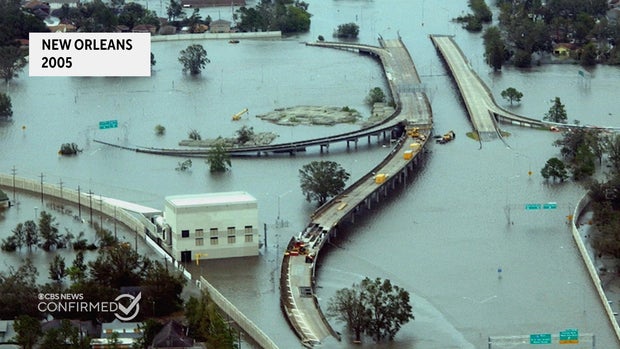/ CBS News
3 tips to spot misinformation online
There's a lot of misleading information online, so how do you know what to trust? When you find something new, especially around a major news story, pause and consider these tips from CBS News Confirmed.
Check the source
First, consider the source. Is the information coming from a trustworthy account, publication or website you recognize? If not, take a closer look. The source may be legitimate, but it could also be content spread by influencers or even foreign adversaries.

Check the date
On social media, photos and videos can be re-shared long after an event takes place. So even if it's your first time seeing it, it doesn't mean a post is new. After looking into the source, it's crucial to look beyond the headline and check the original publication date to make sure it's relevant.

Check other news sources
It's helpful to have more than one source of information for any story you come across, especially when something seems questionable. A quick search describing the post you're unsure about may lead you to other publications and trusted sources that could help you come to a conclusion. It can also help you determine if what you're seeing is satire or being used out of context.

Check the location
If you're unsure about where a video or photo was taken, scan for visual clues, such as known landmarks or street signs. And if a post claims to be from a specific location, compare what you're seeing to other pictures or videos from the same place to see if they match.

Check your emotions
Bad actors may try to use our emotions to their advantage by posting inflammatory content designed to make us react in a certain way or take a certain stance on issues. "Check your confirmation bias," cybersecurity expert Chris Krebs advises. "If this really hits your heartstrings, maybe step back and think, am I being targeted? Am I being provided information to make me think a certain way or even act a certain way?"
Finally, if you're ever unsure if a post is true, don't share it.
- In:
- Misinformation
